The Bowery has long been a fascinating part of New York City’s landscape, and its rich history is ripe for exploration. Once a Native American trail, this urban thoroughfare has evolved over the centuries, becoming a hub of entertainment and a testament to the city’s architectural diversity. From iconic venues that shaped the cultural landscape to the intriguing details that lurk beneath the surface, the Bowery’s secrets beckon those interested in uncovering the captivating past of this dynamic neighborhood. What stories does this storied street have to tell?
Key Points
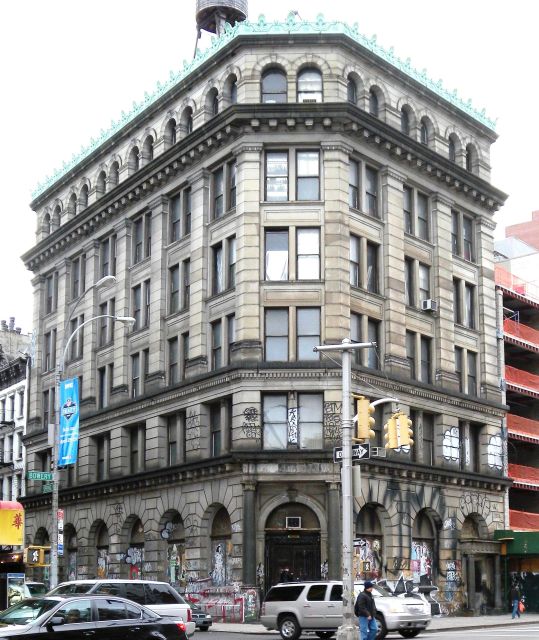
-
The Bowery originated as a Native American trail and transitioned into a prominent urban thoroughfare, reflecting diverse immigrant communities and cultural contributions.
-
The architectural styles along the Bowery, from Federal to Italianate, showcase the dynamic history of this New York City landmark.
-
The Bowery’s reputation as an entertainment hub is reflected in iconic venues like CBGB, which launched the careers of legendary punk rock bands.
-
The neighborhood’s gritty character is embodied by flop houses, freak shows, and saloons that catered to the destitute and those seeking unconventional experiences.
-
Iconic locations like the Cooper Union building and historic theaters provide connections to the Bowery’s captivating past and offer visitors a chance to explore its storied history.
Price and Duration
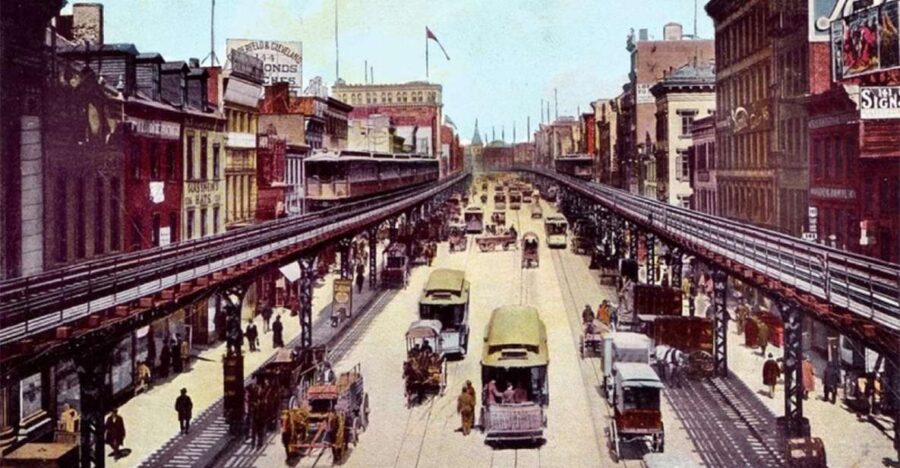
The tour is priced from $35.00 per person and lasts for 2 hours, providing participants with an in-depth exploration of the Bowery’s rich history.
With a free cancellation policy up to 24 hours in advance, visitors can book their spot and pay nothing today, ensuring flexibility.
The live English-speaking guide leads a comprehensive journey through the Bowery, delving into its significance as one of the oldest streets in New York City, dating back to its Native American origins.
Fascinated by New York City's past? More historical tours we've covered
Native American Trail
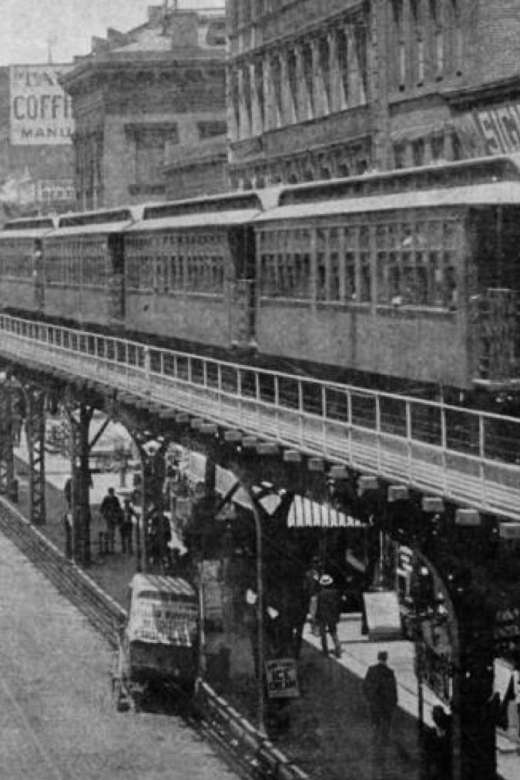
Originally, the Bowery was a Native American trail that traversed the area, providing a crucial transportation route for the indigenous inhabitants. This ancient path later became a prominent thoroughfare as the city of New York developed.
The Bowery’s evolution from a Native American trail to a bustling urban street is a testament to the dynamic history of the neighborhood. Some key aspects of this transformation include:
- Adaptation of the trail to accommodate growing commerce and development.
- Influx of diverse immigrant communities and their cultural influences.
- Emergence of the Bowery’s reputation for entertainment, vice, and social services.
Architectural Diversity
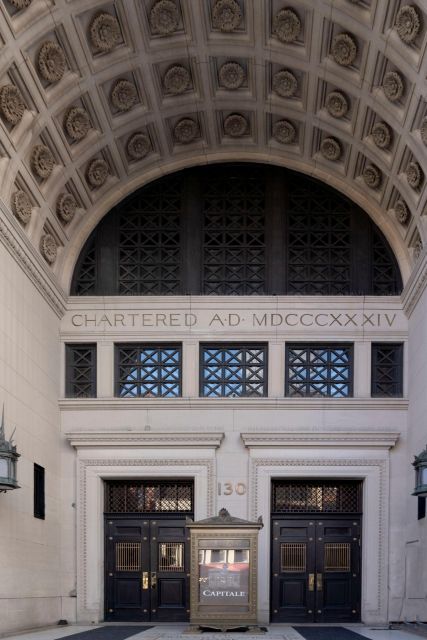
As the Bowery developed from its Native American trail origins, its architectural landscape became increasingly diverse, reflecting the neighborhood’s evolving character.
Buildings from 1800 to 1940 showcase a range of styles, including Federal, Greek Revival, and Italianate.
Ornate structures like the Cooper Union building stand alongside gritty, functional structures that housed theaters, beer halls, and flop houses.
This architectural eclecticism mirrors the Bowery’s role as a hub for entertainment, commerce, and social services over the decades.
From grand theaters to humble tenements, the Bowery’s buildings tell the story of this dynamic and ever-changing New York City thoroughfare.
Entertainment Evolution
Though the Bowery’s reputation as a raucous, anything-goes destination evolved over time, its role as an entertainment hub remained constant.
From the birthplace of blackface to the legendary CBGB music venue, the Bowery witnessed the evolution of theater and music in New York City.
Notable sites along the Bowery include:
- The former Amato Opera House, which hosted opera performances for over 60 years.
- CBGB, the iconic punk rock club that helped launch the careers of bands like The Ramones and Blondie.
- Various historic theaters that showcased the diverse cultural offerings of the neighborhood.
This rich entertainment legacy cemented the Bowery’s place as a vibrant, ever-changing district in the heart of New York City.
More Great Thing To Do NearbyHistoric Venues
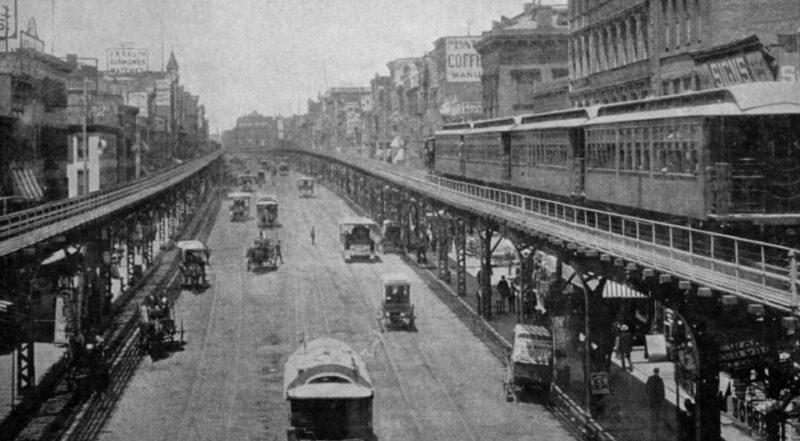
Along With its entertainment legacy, the Bowery boasts a wealth of historic venues that have left an indelible mark on the neighborhood.
The former Amato Opera House, a beloved local institution, once hosted vibrant performances and showcased the area’s rich cultural tapestry.
Nearby, the legendary CBGB music venue became synonymous with the birth of punk rock, drawing legions of fans to its gritty stages.
From grand theaters to intimate flop houses, the Bowery’s historic venues reflect the neighborhood’s evolution, offering glimpses into the diverse communities that have called this iconic street home.
- SUMMIT One Vanderbilt Experience Ticket
- Statue of Liberty and Ellis Island Tour: All Options
- SoHo, Little Italy, and Chinatown Walking Tour in New York
- New York City Statue of Liberty Super Express Cruise
- 4.5-Hour City Tour: Statue of Liberty, 9/11 Memorial, Wall Street
- Guided Food Tour of Chinatown and Little Italy
Flop Houses and Oddities
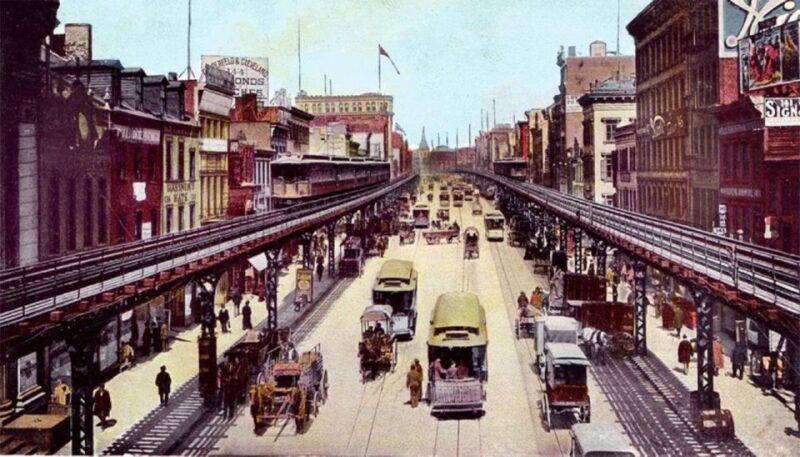
Amidst the bustling streets of the Bowery, one could stumble upon the peculiar world of flop houses and oddities that once thrived in this vibrant neighborhood.
These establishments offered a glimpse into the underbelly of the city, catering to those on the fringes of society.
The Bowery was notorious for its:
- Flop houses, providing cheap, temporary lodging for the destitute.
- Freak shows, exhibiting the unusual and the bizarre, drawing curious crowds.
- Saloons and gambling dens, where patrons could indulge in vices.
These unique institutions reflected the Bowery’s gritty, unconventional character, contributing to its reputation as a hub of the unexpected and the extraordinary.
Iconic Locations
A number of iconic locations along the Bowery have witnessed the neighborhood’s storied past.
The Cooper Union building, a National Historic Landmark, has been a hub of activism and education since its founding in 1859.
Nearby, historic theaters like the former Amato Opera House and CBGB, a legendary music venue, offer glimpses into the Bowery’s rich cultural heritage.
Beer gardens like Kleindeutschland, once popular with German immigrants, also dot the landscape, reflecting the area’s diverse influences.
These sites, among others, provide tangible connections to the Bowery’s evolution, offering visitors a chance to enjoy its captivating history.
Booking Information
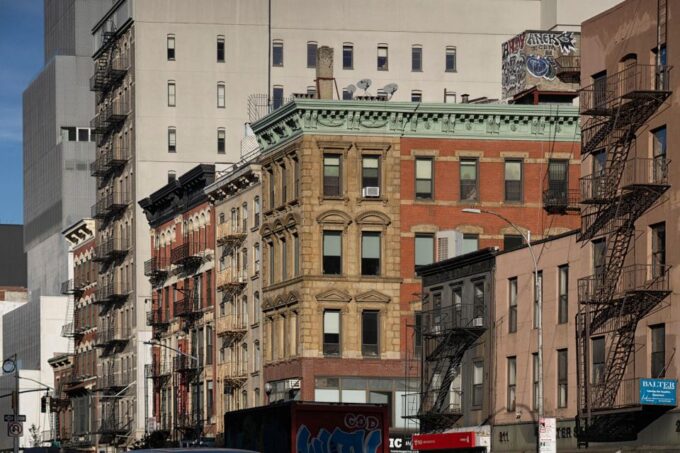
Booking a spot on the "Secrets of the Bowery" tour is straightforward. Visitors can check availability for starting times on the tour provider’s website.
To book, guests select the desired date and the number of participants. The meeting point for the tour is the New York Historical Society.
Booking is flexible, as the tour offers:
- Free cancellation up to 24 hours in advance for a full refund.
- Reserve now and pay later, so guests can secure their spot without paying upfront.
- Live English-speaking tour guides to lead the 2-hour exploration of the historic Bowery.
Frequently Asked Questions
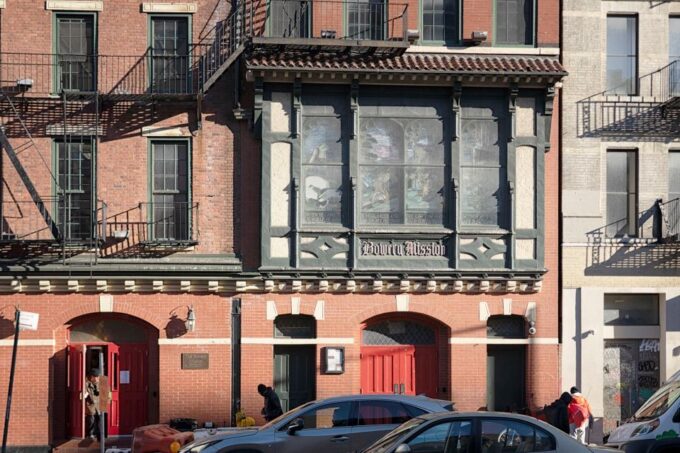
How Has the Bowery’s Reputation Changed Over Time?
The Bowery’s reputation has shifted from a wild, anything-goes attitude to a more diverse neighborhood. It’s evolved from a notorious entertainment district to a center of social services and cultural institutions, reflecting the changing character of New York City over time.
What Types of People Historically Frequented the Bowery’s Establishments?
The Bowery historically attracted a diverse clientele, including immigrants, working-class residents, immigrants, entertainers, and those seeking the district’s notorious "anything-goes" atmosphere of gambling, drinking, and vice establishments.
Are There Any Notable Structures or Buildings That No Longer Exist?
The Bowery has seen many iconic buildings disappear over time. The Bull’s Head Tavern, where George Washington recruited troops, and P.T. Barnum’s first site are no longer standing, though their historical significance remains.
How Has Crime and Poverty Shaped the Bowery’s History?
The Bowery’s history is marked by crime and poverty. Rampant vice, homelessness, and unemployment shaped its evolution into an infamous district known for its anything-goes attitude and seedy establishments. This turbulent past reflects the broader social challenges that have impacted the area over time.
What Unique Cultural Traditions or Events Were Associated With the Bowery?
The Bowery was home to a vibrant entertainment scene, including the birthplace of blackface and notable venues like the Amato Opera House and CBGB. Its flop houses and oddities reflected the diversity of cultural traditions in this historic New York neighborhood.
Recap
The Bowery’s captivating history spans centuries, from its origins as a Native American trail to its transformation into a vibrant urban hub. Today, guided tours unlock the secrets of this dynamic neighborhood, inviting visitors to explore its diverse architecture, iconic entertainment venues, and unique cultural legacy. Whether you seek an immersive experience or simply a glimpse into the past, the Bowery promises an unforgettable journey through time.
You can check if your dates are available here:More Historical Tours in New York City
More Tour Reviews in New York City
Not for you? Here's more things to do in New York City we have recnetly reviewed
- 3 Best Craft Beer Tours And Tastings In New York City
- 16 Best 2 Day Tours In New York City
- 15 Best 3 Day Tours In New York City
- 25 Best Cruises And Boat Tours In New York City
- 20 Best Christmas Experiences In New York City
- 25 Best Dining Experiences In New York City
- 15 Best Full-Day Tours In New York City
- 25 Best Helicopter Flights And Tours In New York City
- 2 Best Jet-Ski Experiences In New York City
- 4 Best 4 Day Tours In New York City
- 3 Best Coffee Tours And Tastings In New York City
- 20 Best Photography Experiences In New York City
